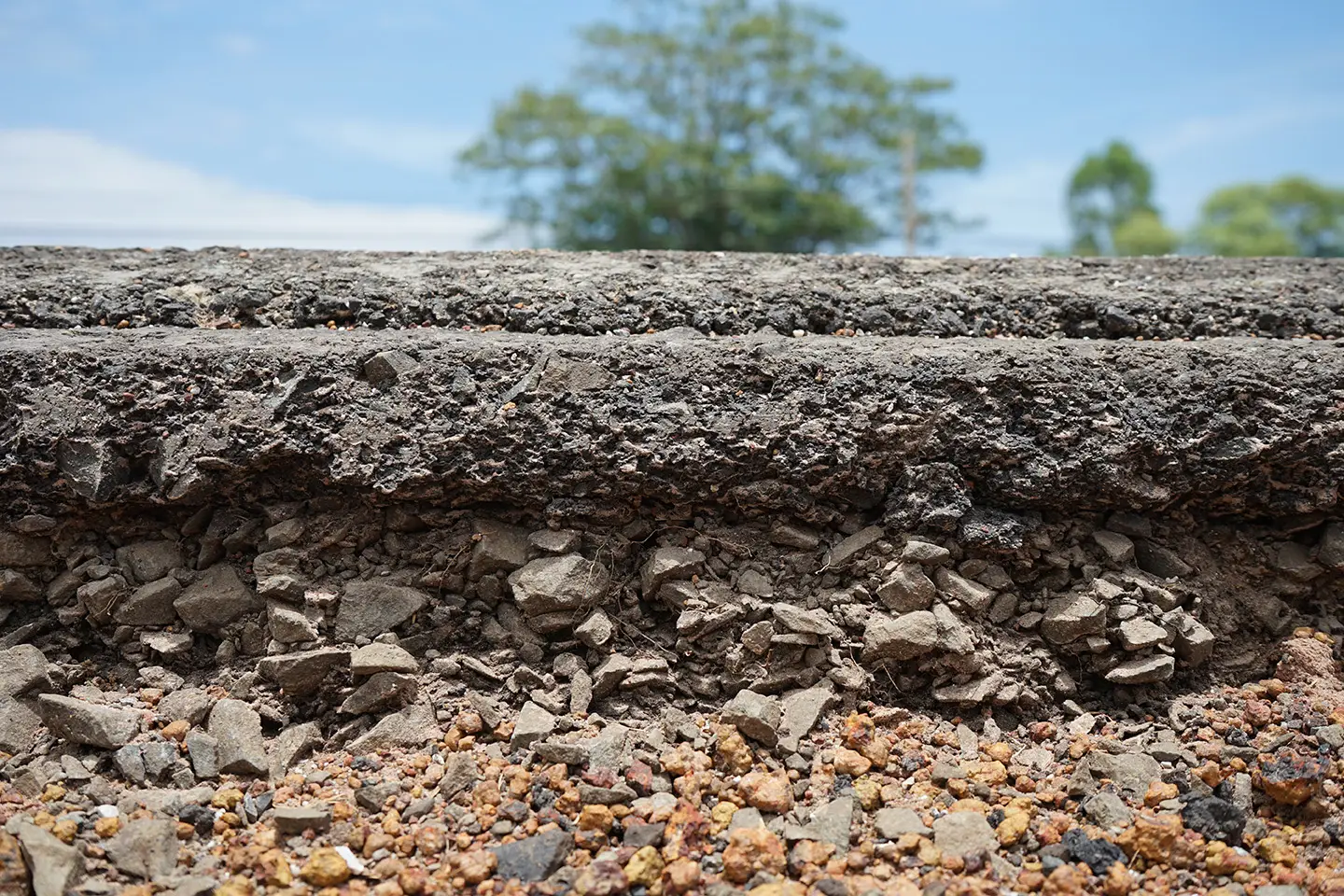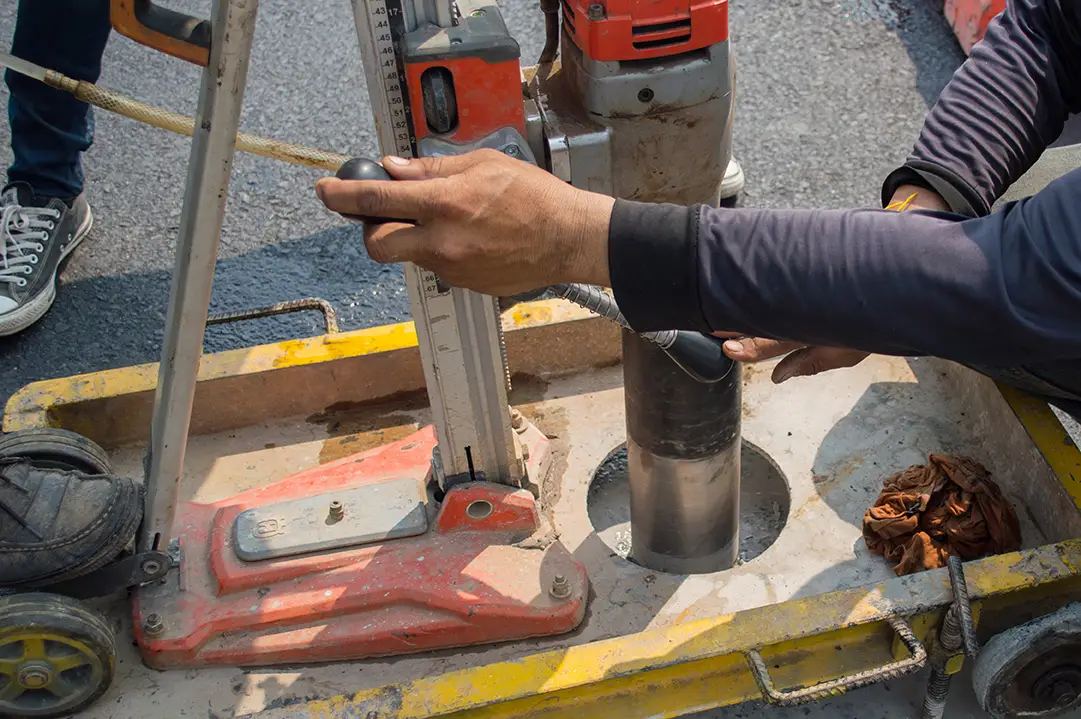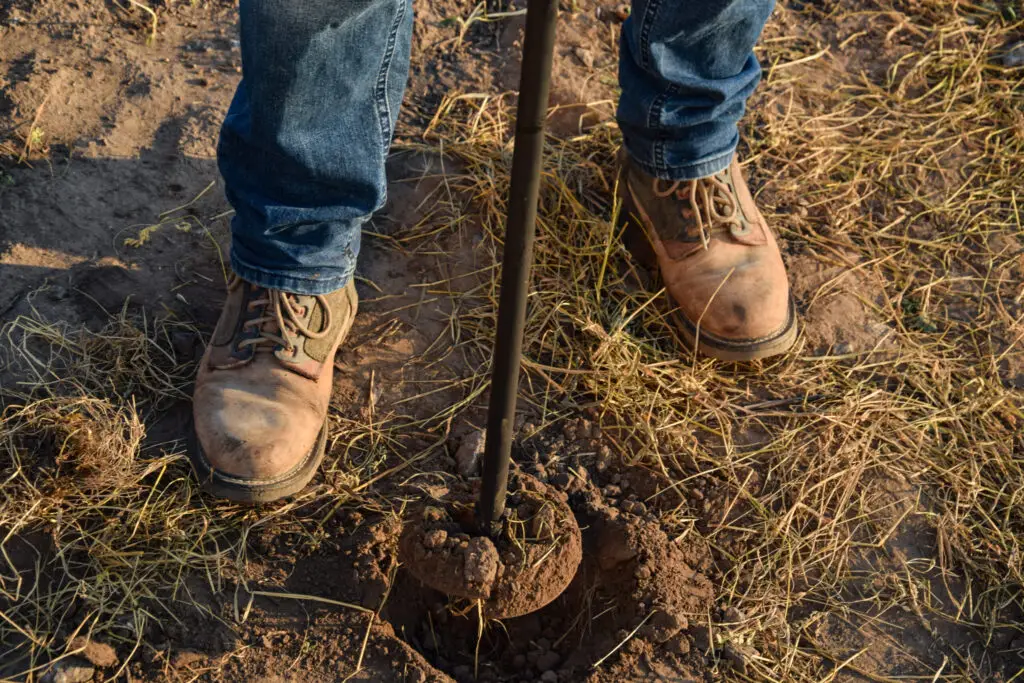Instant Estimate for Site Compaction Test
We offer comprehensive Site Compaction Report services to ensure your construction site meets the required density standards. Our tests guarantee that the soil is properly compacted, providing a stable foundation for your project and preventing future settlement or structural issues.
Site Compaction Test
Get a free estimate instantly
What is a Site Compaction Report?
A Site Compaction Test is a process used in construction and civil engineering to assess the density and compaction of soil on a construction site. This test is crucial because the stability and durability of structures such as roads, foundations, and embankments depend on the proper compaction of the soil beneath them.
What is the purpose of a site compaction Report?
The purpose of a site compaction test is to verify that the soil on a construction site has been compacted to the necessary density. Proper soil compaction is crucial because it ensures that the ground can support the weight of structures, roads, or other infrastructure built on it. This test helps prevent issues like soil settlement, shifting, or instability, which could lead to structural damage or failure over time. By confirming that the soil meets the required compaction standards, the test contributes to the safety, durability, and longevity of the construction project.

We offer a complete service to get your classification report done.
We provide a comprehensive service for generating site classification reports

COMMON METHODS
Common methods for site compaction testing include:
Sand Cone Method: This involves digging a small hole in the soil and filling it with sand from a calibrated container. By measuring the volume of sand required to fill the hole, the in-situ density of the soil is calculated.
Nuclear Density Test: This method uses a nuclear gauge that emits and detects radiation to measure both the density and moisture content of the soil. It’s a quick and non-destructive way to assess compaction on-site.
Core Cutter Method: A cylindrical sample of soil is extracted using a core cutter. The sample’s mass and volume are then measured to determine the soil’s density.
Proctor Compaction Test: This laboratory-based test determines the optimal moisture content at which a soil type will achieve its maximum dry density. The results guide field compaction efforts.
These methods ensure that the soil is compacted to the necessary standards, providing a stable foundation for construction.
GAIN CONTROL BEFORE YOU BUILD
As a homeowner planning to build a new home or purchase a block of land, it’s essential to understand the subsurface conditions of your site before construction begins. Your builder or engineer will likely request a lot classification (residential geotechnical report).

